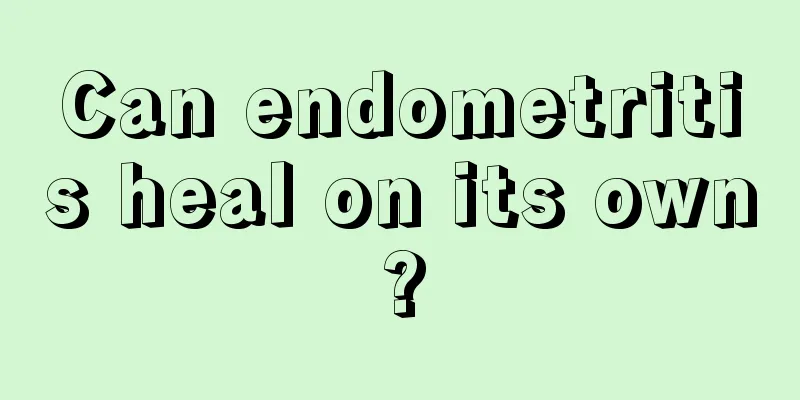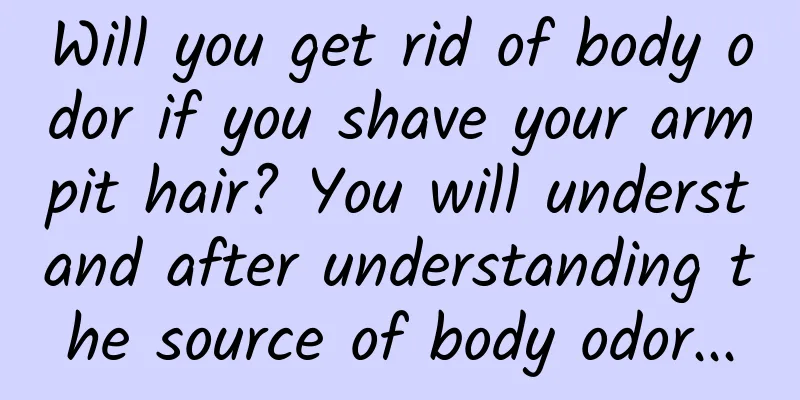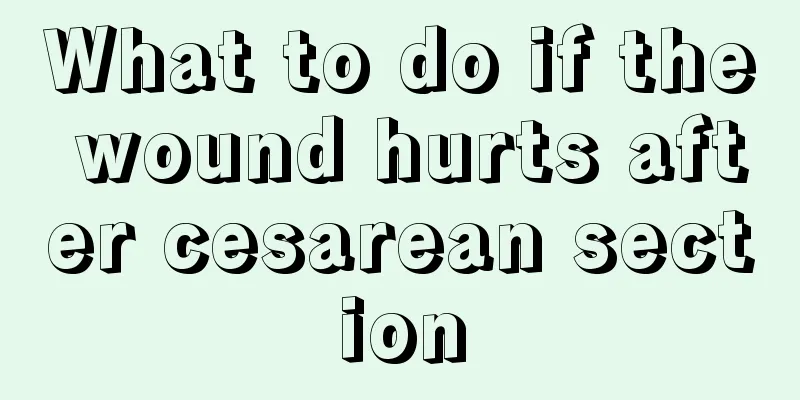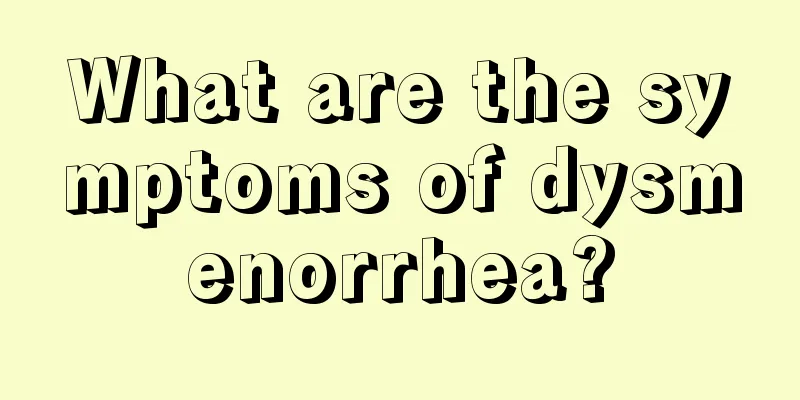Ovarian cyst surgery, do you understand these medical knowledge?
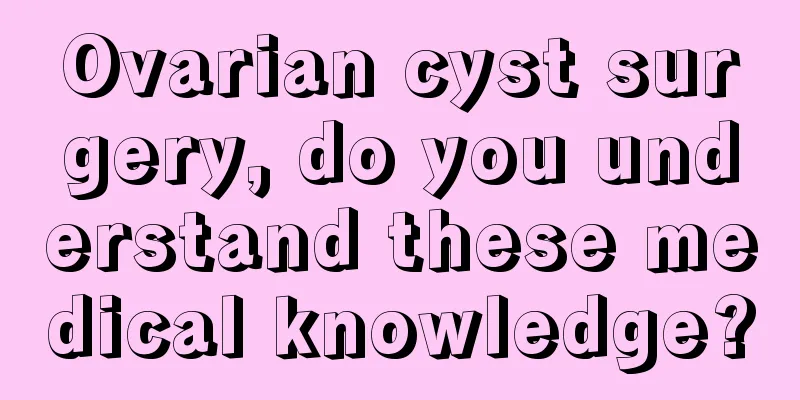
|
When ovarian cysts develop to a certain extent, doctors will recommend surgical treatment to patients. Nowadays, the medical surgery for treating ovarian cysts is relatively mature, with a relatively high success rate and less harm to patients. 1. The patient lies in supine position with the head down and the feet up, and routine three-point puncture, endoscope placement and exploration are performed, paying attention to whether there is adhesion on the affected ovary and the condition of the contralateral ovary and uterus. Routinely collect peritoneal fluid or washing fluid for cytological examination. Expose the ovaries in front of the uterus. Usually, it is necessary to use a probing stick to carefully lift the ovary and cyst along the inner side of the ovary and along the posterior lobe of the broad ligament to the outside and upward, allowing the uterus to naturally sink to the back and the ovary to be located in front of the uterus for easy operation. If the cyst is larger than 10 cm, it is usually necessary to first place a loop on the intended puncture site, and then use a long needle to connect the suction tube to suck out the fluid inside after insertion. After completion, pull out the needle and use separation forceps to clamp the puncture hole and lift the cyst wall, and tighten the loop to prevent the remaining cystic fluid from leaking out. 2. When cutting open the surface of the cyst, it is usually necessary to avoid the vascular area of the normal ovary and separate the surface capsule of the cyst by water injection, or after electrocoagulation or direct cutting. Generally, a small incision is made first, and the curved scissors are used with the curved side facing up or outward, and the cysts are separated one by one along the gap and then cut open. After more than half a week, the operator and the assistant each hold a pair of separation forceps, clamp one side edge respectively, and tear the surface capsule of the cyst in opposite directions. Generally, the complete cyst can be removed. You can also use a probe to separate the cyst toward the normal ovarian tissue after cutting it open for more than half a circle. If it is difficult to separate, you can use scissors to enlarge the incision, and the cyst can usually be completely removed. 3. To stop bleeding from the remaining ovarian wound, use bipolar or monopolar electrocoagulation to treat active bleeding from the wound. 4. Trim excess capsular tissue to shape the remaining normal ovary. Generally, after clamping the periphery with bipolar electrocoagulation forceps and electrocoagulating, the tissue will shrink toward the center and the wound surface will be reduced. Generally, sutures are not performed because they increase postoperative adhesions. The eschar membrane caused by electrocoagulation is helpful in preventing adhesion after surgery. 5. Flush the pelvis thoroughly and check for active bleeding; 6. Other steps are the same as the previous routine surgery. |
<<: How to treat adnexal cysts? Combining multiple methods for better results
>>: How to treat chocolate cyst? These methods all work!
Recommend
Where does pelvic pain hurt?
Many people do not have enough understanding of t...
Infographic: mHealth, Apps, Devices and Solutions
The market potential of mobile medical care is hu...
You must know these 9 health information to deal with flood disasters
On the 16th, the National Health Commission relea...
What are the disadvantages of wearing a belly band after childbirth?
The so-called belly belt used by women after chil...
Is it normal to have your period five days early?
Under normal circumstances, women have their mens...
What causes nosebleeds in pregnant women in the morning?
After a woman becomes pregnant, her body is prone...
Can I drink black wolfberry water during menstruation?
Key reminder: Wild black wolfberry has always bee...
Can pregnant women keep cats? Pay attention to these issues and don't be afraid of "worms"
Author: Hou Jiayi, Deputy Chief Technician, Shanx...
Hot and sour recipes for pregnant women
Most people's appetite will become very poor ...
Can foot soaking drive away gynecological diseases? What should we pay attention to?
Many people have the habit of soaking feet. In fa...
What should a woman do if she has a cyst on her cervix?
The cervix is an extremely important tissue org...
39 weeks pregnant, my belly is still hard
When a woman reaches the 39th week of pregnancy, ...
Why should we cultivate children's reading habits? How to cultivate the reading habits of young children?
Reading helps children develop good character and...
Light menstrual color
In today's society, many women often suffer f...
Treatment for brown discharge before menstruation
The incidence of menstrual problems cannot be und...



